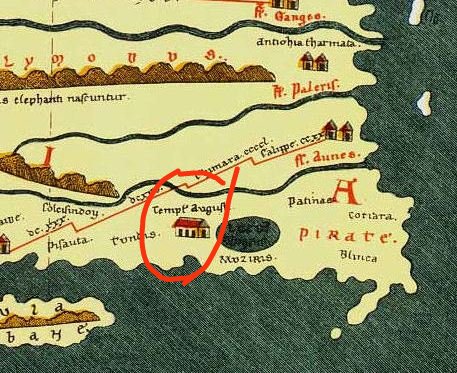
John Oldman
@prasunnagar
वेदों से वर्धन काल तक का सफ़र...!
Archeology, Coins, Events, Literature, Inscriptions, Personalities, Sculptures
ID: 2226373950
http://prasun123.wordpress.com 02-12-2013 09:16:47
68,68K Tweet
10,10K Takipçi
1,1K Takip Edilen
















John Oldman Vincent A. Smith, in his book “Early History of India” (1904), notes: “Had a united India confronted Alexander, he would have met with a disaster more complete than that which overtook him in the Gedrosian desert.”















